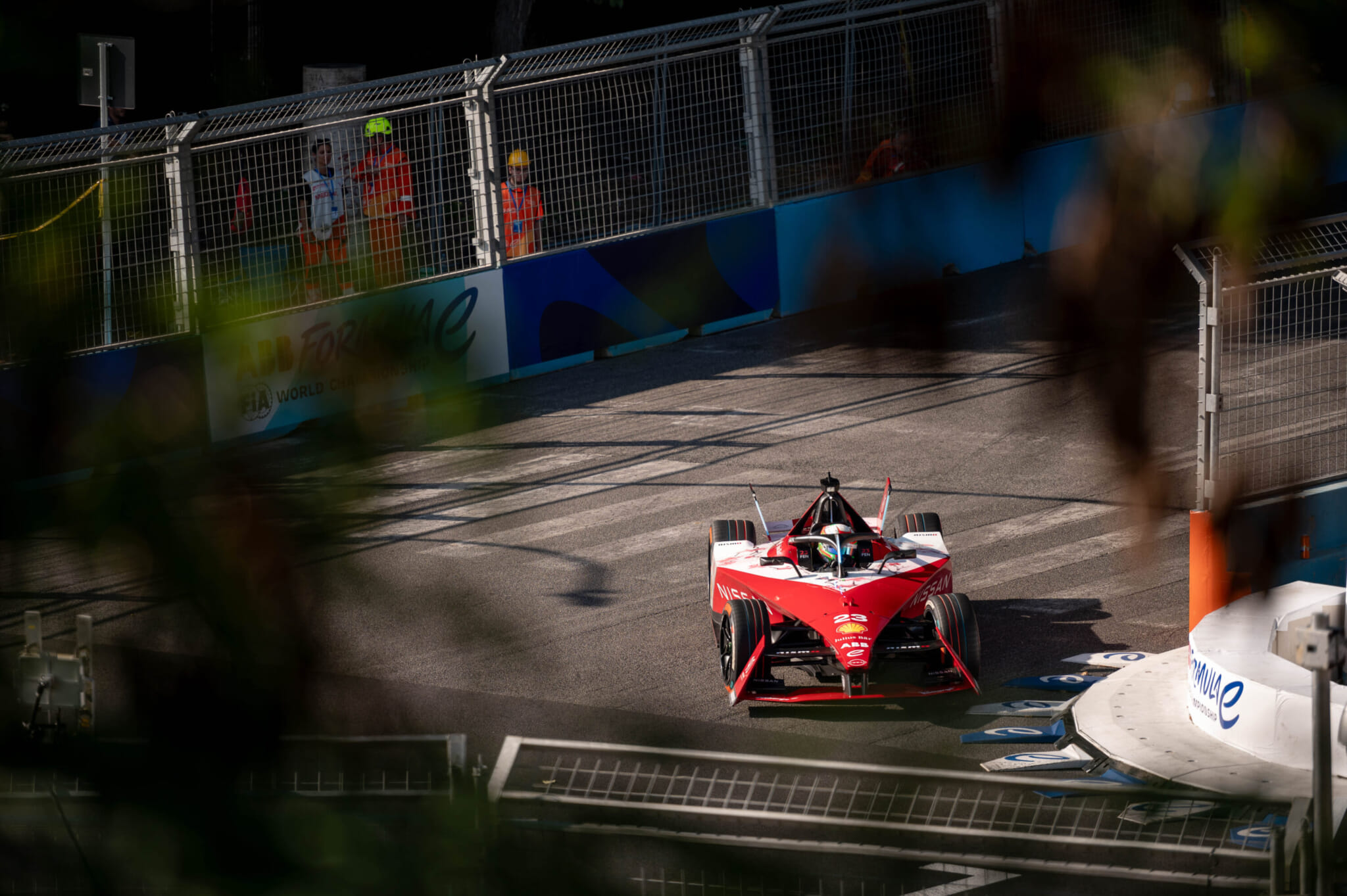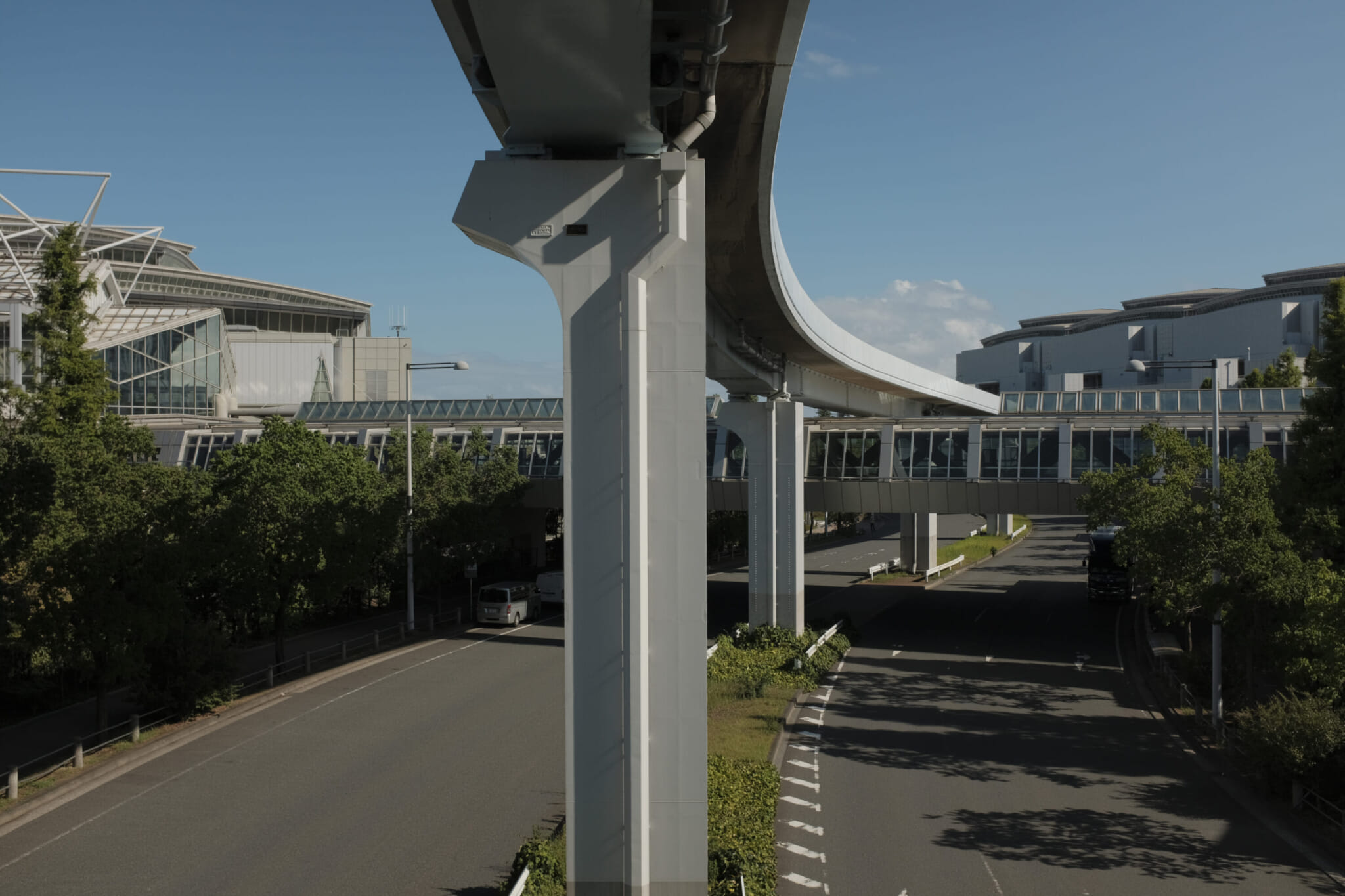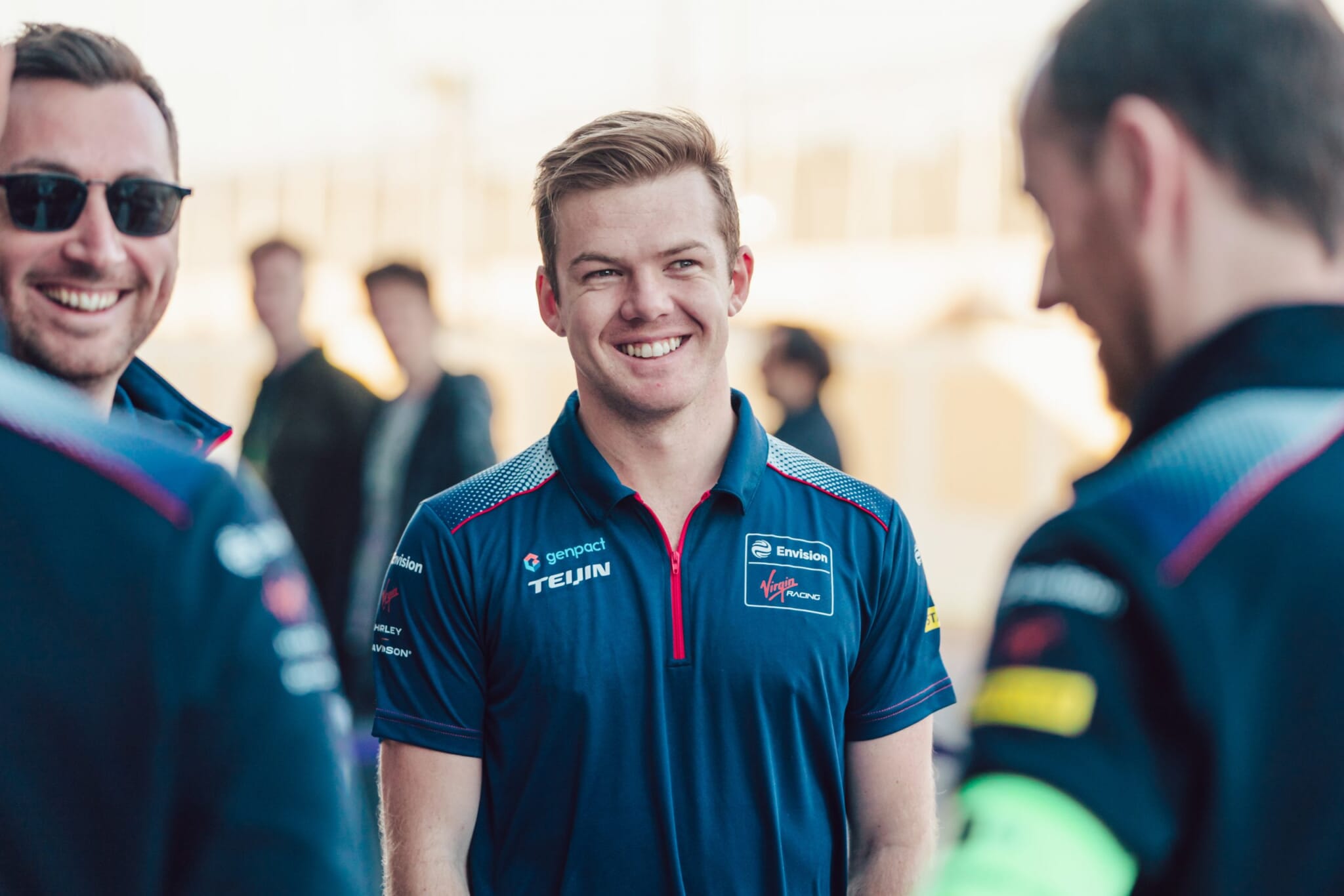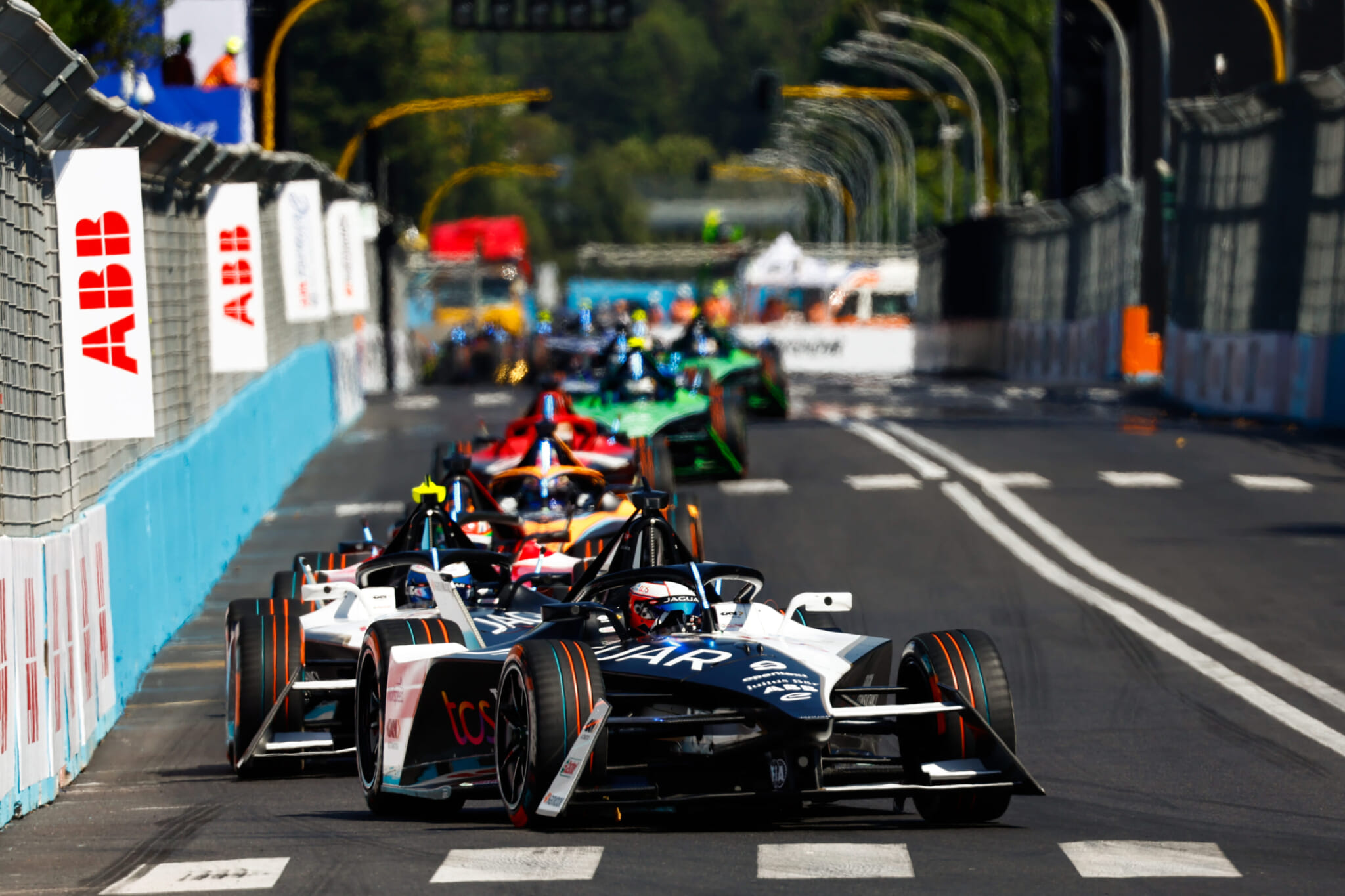Formula E, the world’s first all-electric racing series, is finally coming to Tokyo, taking place around Tokyo Big Sight convention center along the Tokyo Bay waterfront on March 30, 2024. While some might be disappointed the first-ever sanctioned street race in the Japanese capital won’t feature iconic locations such as Shibuya or Shinjuku, Big Sight is a sensible, logistical choice. Scheduled to take place during the cherry blossom season, and with the Tokyo skyline visible in the background, it should provide some spectacular scenery to race against regardless.

LONDON, United Kingdom – Nissan Formula E Team is looking to end the 2022/23 ABB FIA Formula E World Championship on a high as the squad heads to London for Round 15 and 16 of the current season.
What is Formula E?
Debuting in 2014 and gaining official FIA world championship status in 2020, Formula E aims to be a more accessible, environmentally friendly series with races taking place primarily on temporary street circuits around the world in cities including London, Rome, Diriyah and Berlin. The series acts as a competitive platform to test and develop the latest in electric technology and boasts the accolade of being net zero in terms of carbon emissions since its very first season, something that no doubt swayed members within the Tokyo government to bring the race to the city and help highlight its own climate action plan that aims to achieve net zero carbon emissions in the capital by 2050.
Twenty-two drivers and 11 teams take part, including big-name manufacturers such as Porsche, Maserati, Jaguar and Nissan. Formula E is a spec series, meaning the teams don’t design the chassis or the battery. Manufacturers build their own electric motor, inverter, gearbox and cooling system (that they also supply to customer teams). This year, the series debuted its third-generation car (the Gen3 EV), a lighter, quicker and more powerful machine that took its design inspiration from fighter jets and can hit speeds of up to 275 kilometers per hour.
Each race weekend features a pair of practice sessions and qualifying. Qualifying sees two groups of 11 drivers setting fast laps in a 10-minute session with a capped power limit. The power is then boosted as the top four of each group advance to a duels stage, where drivers face off head-to-head over a quarter-final, semi-final and final. Races last around 45 minutes with drivers being able to make strategic choices by getting a temporary boost of power from Attack Mode, a combined 4-minute boost that can be used in two activation periods throughout the race, or, new for the upcoming season, Attack Charge, where drivers can come into the pits for a 30-second stop to charge the batteries and add 4 kilowatt-hours of power to them, which will then unlock two enhanced Attack Mode boosts.

Tokyo Big Sight | Photo by Stephan Jarvis
Who to Cheer For
Unfortunately, for the home crowd, there are currently no Japanese drivers on the grid, and none appear to be in the running for the new season. In fact, Formula E has never had a full-time Japanese driver, though ex-Formula 1 drivers Takuma Sato and Sakon Yamamoto made cameo appearances during the inaugural season. Fellow ex-Formula 1 driver and 24 Hours of Le Mans winner Kamui Kobayashi did the same during the 2017/18 season while racing under a Monégasque racing license.
However, there will be a couple of familiar faces to fans of the Japanese racing scene. The 2022/23 championship runner-up Nick Cassidy and Nissan driver Sacha Fenestraz both spent time racing against each other in Japan before making the switch to Formula E. New Zealander Cassidy took the Super GT title in 2017 (Japan’s premier GT racing series) and the Super Formula title in 2019 (Japan’s premier open-wheel series). He was also sensational in Formula E this season, racking up four wins and only just missing out on the title. He’ll be racing for the Jaguar team for 2023/24 and will no doubt find plenty of support upon his return to Japan.

Nick Cassidy
Fenestraz, who was born in France but raised in Argentina, is also no slouch, having taken the Japanese F3 title on his first attempt in 2019 before eye-catching performances in Super Formula and Super GT prompted Nissan to move him across to Formula E and spearhead its inaugural campaign as a full works team. The Japanese marque had previously supplied powertrains to the e.Dams team but took full ownership of them this season to become only the second Japanese team to have entered Formula E. Japanese racing legend Aguri Suzuki’s Team Aguri had taken part for the first couple of seasons before being sold to the Chinese Techeetah racing outfit in 2016.
Japanese fans, however, don’t need home heroes to bestow their passion and enthusiasm. Visitors to Suzuka during a Formula 1 weekend are always amazed by the interesting and distinctive ways fans show their support for just about anyone on the grid, not just the superstars. With Ariake being a much more accessible destination, the Formula E race will no doubt entice a similarly lively and vibrant crowd and should be well worth checking out, whether you’re a motorsport fan or not.
If you’d like to know more, check out the excellent official documentary And We Go Green produced by Leonardo DiCaprio and directed by Fisher Stevens (The Cove) and Malcolm Venville.
Updated On August 30, 2023








